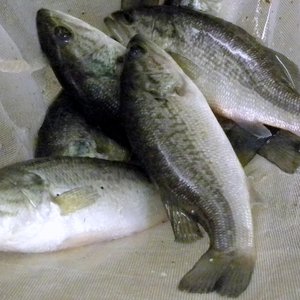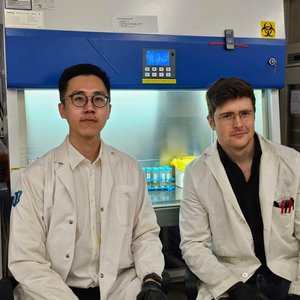As part of a new Swiss research program that aims to replace animal experiments in research, the National Science Foundation is supporting a joint project of the Swiss aquatic research institute Eawag and the University of Utrecht, funded with almost CHF 1 million (USD 1 million) to replace animal testing involving fish for the approval of chemicals in the future with a combination of in vitro tests and computer models.
Under the leadership of Kristin Schirmer, head of the Environmental Toxicology department of Eawag and titular professor at ETH Zurich and EPFL, Eawag has been working for many years to replace animal experiments on fish with in vitro methods. These cells can be used to study how toxic certain chemicals are to fish. This is an important result, which determines, for example, whether new substances can be approved for the market.
A test developed by Schirmer’s team based on rainbow trout gill cells was released last year by the Organisation for Economic Cooperation and Development (OECD) as the latest guideline in the field of environmental toxicology. “We chose gill cells because it is the gills that first come into contact with chemicals in water due to their large surface area in the fish,” explained Schirmer. “So by observing how the gill cells are damaged by a chemical, we can predict how that chemical would affect a living fish.”
However, an even more comprehensive picture of how chemicals can affect the fish can only be obtained by considering other important organs in addition to the gills. Researchers are working to this end, for example, on tests based on the intestine or nerve cells of rainbow trout. A look at the molecular level, i.e. proteins or RNA molecules, also helps to complete the picture.
Ksenia Groh, who is involved in the project as a research group leader, explained, “our vision is that the data from the in vitro tests on cells of all major organs will flow into a single computer model, the virtual fish.” This should enable detailed and well-founded statements to be made on how chemicals affect fish – without having to resort to experiments on living fish.
An important part of the project is the involvement of the chemical industry as well as the authorities responsible for the approval of new chemicals. “We want to develop the virtual fish together with them in order to align the process from development to application at the regulatory level to the effective needs – which in the case of the gill test took twelve years –and thus speed it up,” said Groh.













